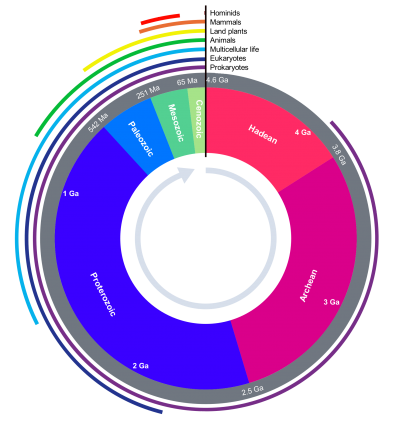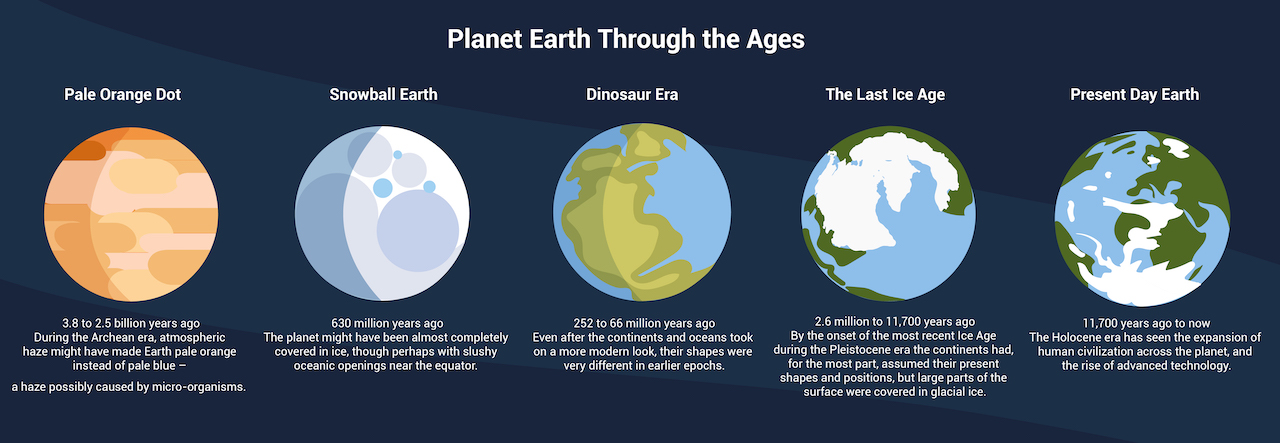
What’s encouraging is that we’re already seeing some of this cross-pollination and diffusion of policy and learning across cities around the world. Cities are taking climate action in their own hands. Granular data can help tease out neighborhoods where the risk is particularly high.Ĥ. The more negative values - shown in red - indicate a greater burden is placed on poorer populations, while the more positive values - shown in gray - shifts the burden to wealthier populations within cities. The size and color of the dots indicates how unevenly the urban heat island effect is distributed amongst neighborhoods within a city - darker circles indicate greater inequality. Using satellite data developed by one of our lab members, Yale PhD candidate TC Chakraborty, we can compare how the urban heat island effect is distributed within cities. Cities are disproportionately burdening poorer residents with environmental harms, like pollution and heat.

You can see these disparities closer in the dotmap visualization of US household income below:ģ. So not only do poorer neighborhoods lack access to tree cover, they’re also more vulnerable to air pollution and climate change. Trees filter out air pollution and provide shade and evaporative cooling. Tree cover and green space also help regulate air pollution and high temperatures. Since green spaces often serve as public spaces, they can increase social and economic well-being, and have been shown to reduce crime and foster social cohesion. Cities are not sharing environmental benefits equally.Īs this side-by-side comparison of Los Angeles’s median household income and tree coverage show, there are stark disparities in the levels of access urban neighbourhoods have to tree cover. Many of the world’s most rapidly urbanizing and developing places are located overwhelmingly in low-income and lower-middle-income countries – particularly in Asia and Africa – where municipal governments have the fewest per capita financial resources.Ģ. But if you look closely, the picture isn’t all uniform – cities don’t automatically equate with wealth and prosperity. In this map, we can see that areas where urbanization has been happening since 1950 often coincide with higher PPP. The redder areas correspond to higher levels of economic development. This map tracks Purchasing Power Parity, a metric of economic productivity and standards of living, from 1990 to 2015. Urban areas account for roughly 80 percent of global GDP. Increasing wealth often masks growing inequality within cities.Īlready, just over half of the world’s population lives in cities – and this number is expected to grow to nearly 70 percent by 2050.

Here are a few key takeaways from my presentation, showcasing the amazing visualization capabilities of Earthtime: We designed the UESI to be a practical tool for decision-makers to track progress towards Sustainable Development Goal 11 (SDG-11), which sets a charge for urban areas to be “sustainable and inclusive.” But what does it mean to ‘build a sustainable and inclusive city,’ and how is the world doing with SDG-11 and the rest of the 2030 Sustainable Development Agenda? I was asked to adapt a presentation I gave (“ Big Picture on Urban Fragility“) at the 2019 WEF Annual Meeting of New Champions in July, which featured Carnegie Mellon’s Earthtime Platform and the Data-Driven Lab’s Urban Environment and Social Inclusion Index (UESI).

The World Economic Forum invited me to present at the Sustainable Development Impact Summit on September 23-24 in New York City, timed with Climate Week and the UN Climate Summit.


 0 kommentar(er)
0 kommentar(er)
